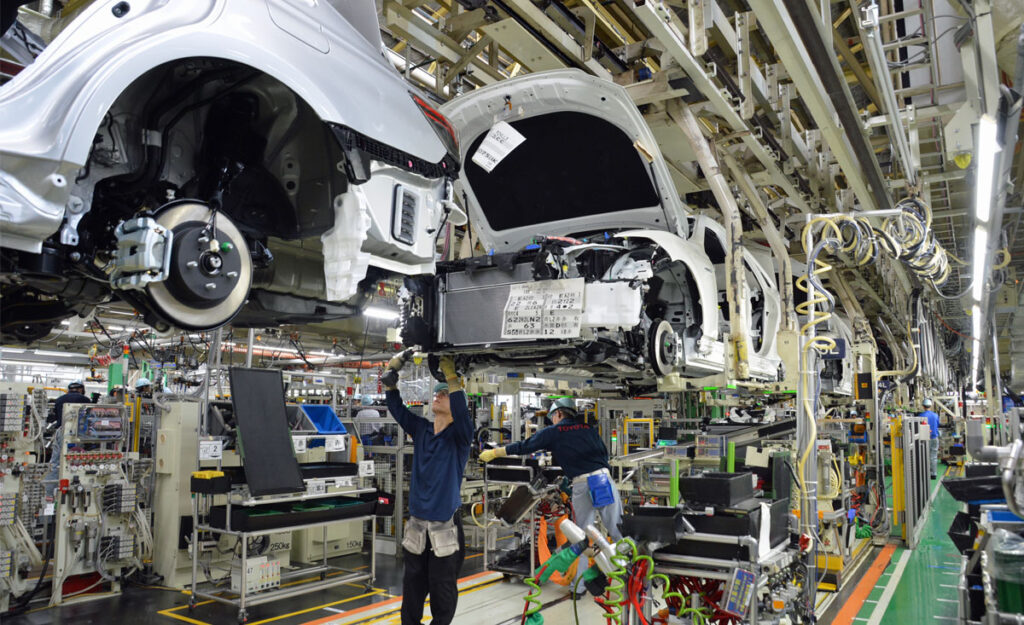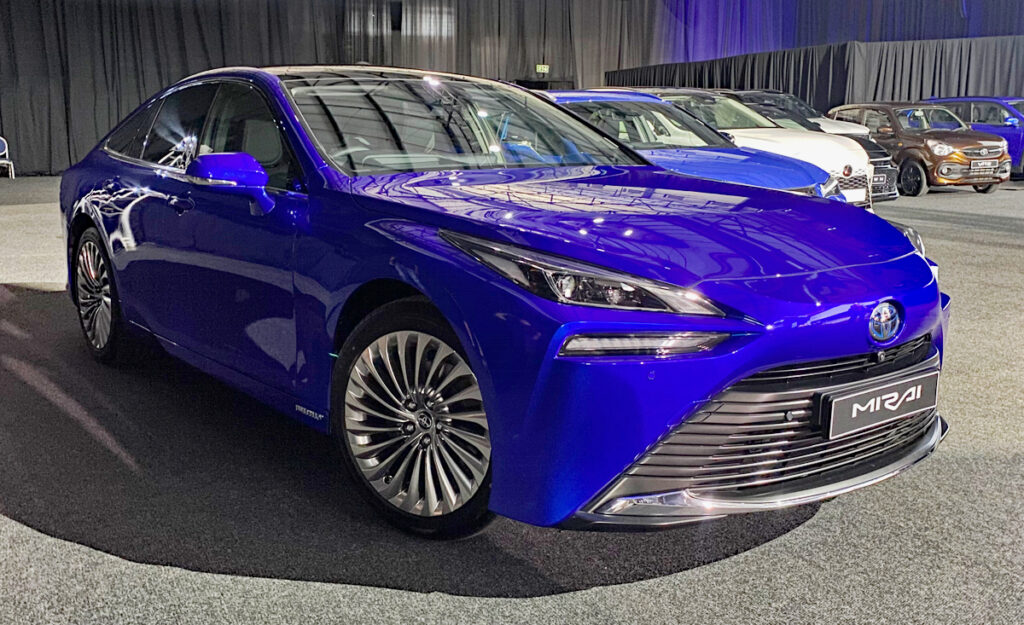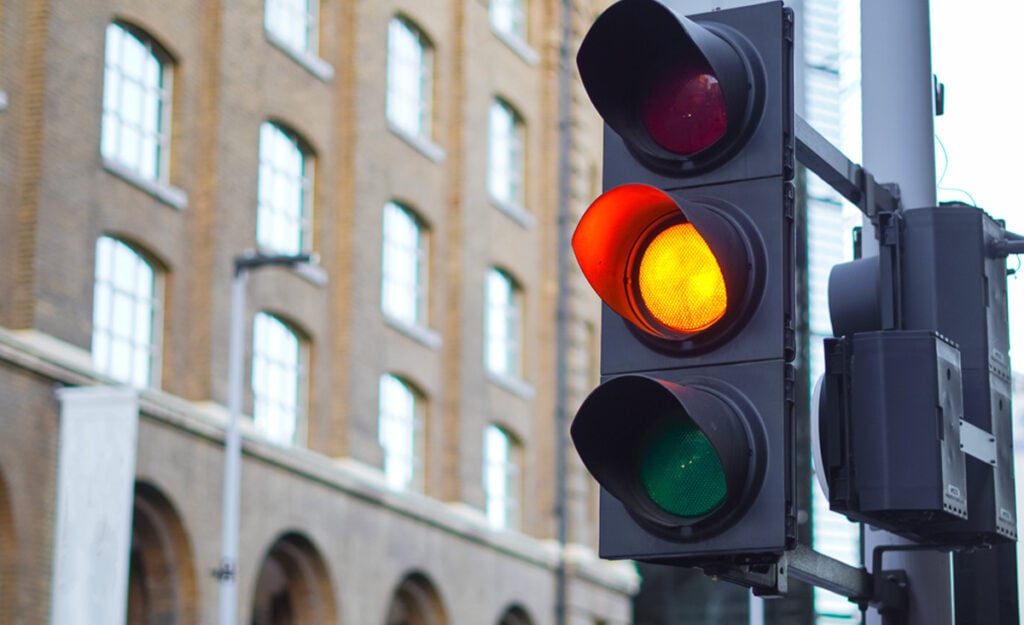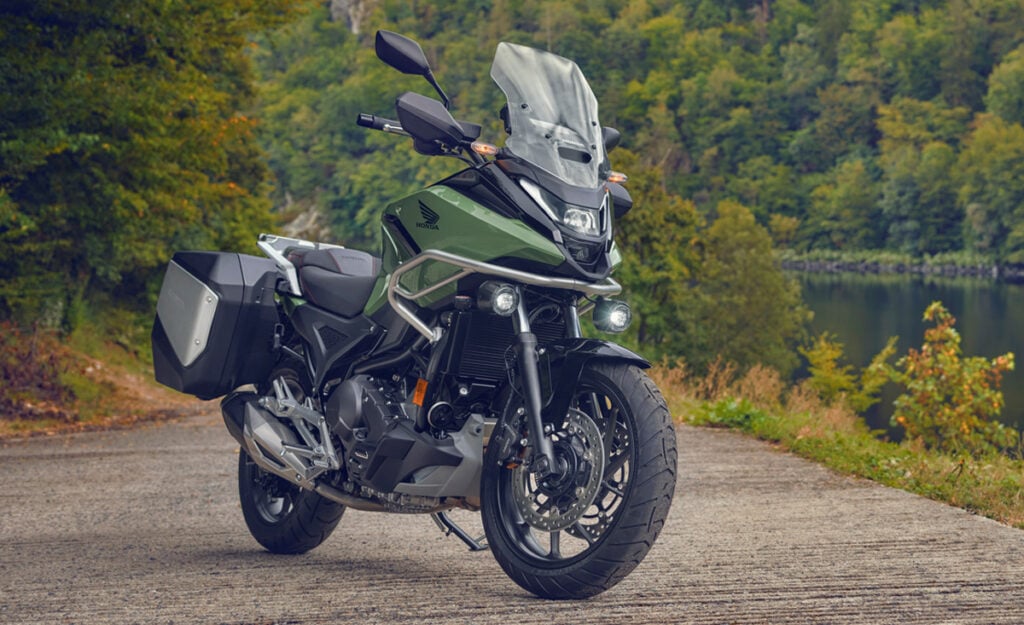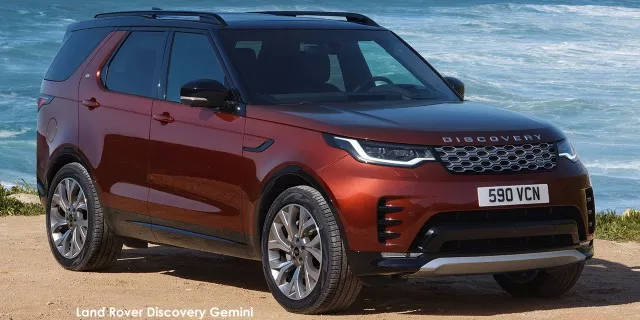Toyota South Africa’s tough 2022 – and what’s in store for the future

Toyota South Africa Motors (TSAM) was set to have one of its best years in a long time in 2022, its sales soaring far above expectations for the first three months of the year.
In April, however, disaster struck and TSAM’s Durban manufacturing plant was suddenly out of operation for over 100 days, severely handicapping sales during this time. Despite this, the carmaker made a remarkable recovery and maintained its status as market leader for the 43rd consecutive year.
At the company’s recent sixth-annual State of the Motoring Industry (SOMI), it revealed the full extent to which its operations were affected and announced its exciting plans for the future both in South Africa and globally.
Toyota’s tough 2022
TSAM hit the ground running in 2022 recording a record 30% sales growth in the three months through March when compared to 2021.
Unfortunately, in April, the Prospecton factory was hit with massive floods causing the group to end production of best-selling models like the Hilux and Hiace for nearly three months while also having to scrap over 4,200 vehicles that were on site.
The factory officially opened its doors in August again after losing 104 operating days and spending over R576 million in repairs, costing it approximately 32,000 sales.
President and CEO of TSAM, Andrew Kirby, said the group is now working with the relevant authorities to improve the infrastructure around the plant to avoid another flood in the future, and that there are seven major shortcomings that must be addressed.
In spite of the devastation, TSAM managed to keep its number one position by market share throughout the entire year and ended 2022 with a total of 528,963 models delivered to new owners, only around 21,000 under its initial prediction and 14% higher than 2021.
The vehicles sold were split across the following categories:
- Passenger cars – 68.7%
- Light-commercial vehicles – 25.6%
- Medium-commercial vehicles – 1.6%
- Heavy/extra-heavy commercial vehicles – 4%
- Bus – 0.1%
In the passenger class, specifically, the B Segment which is occupied by the likes of the Corolla Cross accounted for 49% of sales while also showing the most growth out of the six vehicle-size subcategories.
The premium side of the market also saw a 2.8% uptick in consumer interest after shrinking over 35% in the last five years, and this trend is expected to continue into 2023, said Kirby.
On the other side of the spectrum, the commercial category was dominated by double cabs which took home a 39% share, followed by single cabs with 32%, taxis with 10%, and extra cabs with 6%. Medium, heavy, and extra-heavy commercial vehicles and buses were responsible for the remaining 13%.
The future of TSAM
In 2023, Kirby predicts the market will remain “flat” in terms of demand and segment share, with TSAM expecting to sell in the region of 570,000 vehicles including 375,642 in the passenger, 161,317 in LCV, and 33,041 in the other segments.
In the same breath, he stressed that this milestone will depend on stock constraints which are anticipated to ease over the coming months but are not yet at pre-Covid levels.
Although conservative in its new-energy vehicle (NEV) approach, TSAM’s president further confirmed that by 2025 the group aims to have 20% of its domestic sales consist of partial or fully-electrified autos.
This goal will largely be the responsibility of the Corolla Cross Hybrid, as there is currently a very limited selection of traditional hybrid vehicles with Toyota and Lexus badges on offer and not many of them are on the way, either.
The biggest roadblock standing in the way of more innovation in the NEV space is the government’s reluctance to provide support for the manufacturing and importing of electric vehicles and related components, said Leon Theron, vice president of marketing and sales at TSAM.
As it stands, there are no tax incentives for manufacturers to produce battery-motivated cars in South Africa and NEV components are subject to 7% higher import duties than internal-combustion engine (ICE) parts.
Due to this, South Africa isn’t seen as an attractive market for NEVs and is overlooked when Toyota headquarters allocates scarce resources like batteries – thus affecting both local NEV availability as well as lead times.
The country’s manufacturing industry stands to lose a substantial foothold in the global automotive sphere if it does not pivot towards NEVs soon, TSAM warning that it takes 15 years to establish a lithium mine as well as two to three years to construct a battery production facility.
Government’s lax approach has put a damper on NEV adoption, but it hasn’t kept TSAM from actively reducing its carbon footprint.
The organisation’s Hino plant in Durban is already off the grid with its Atlas parts warehouse to follow suit in 2025. By 2028, TSAM aims to operate on 100% renewable energy at a cost of over R800 million, and by 2035, it will achieve carbon neutrality at its KZN-based Prospecton facility.
On a global scale, the company is focusing on the entire product cycle and is investigating ways in which it can build cars that, when they reach the end of their usable life, can be disassembled and certain parts reused without crushing the vehicle, which will see significant energy savings.
The road to carbon neutrality is additionally being complemented by the exploration of a host of vehicle powertrains.
Unlike many of its competitors, Toyota believes that the future of motoring isn’t a “one-size-fits-all approach” and it will continue innovating a variety of drivetrain technologies including petrol, diesel, hybrid, electric, and hydrogen.
While on the topic, TSAM brought out the hydrogen-propelled Mirai on stage alongside the announcement that it is working with partners like Sasol to establish infrastructure in the country in support of hydrogen fuel-cell vehicles (FCEV).
There’s not much else that the group revealed with regard to its FCEV vision, though it did say that the Mirai on stage was refueled on South African soil by Sasol and that it is here to help the company establish the viability of a support network.
TSAM continued to say that it does not have a cut-off date at which point it will completely stop producing petrol and diesel engines, stating that this will be determined by consumer demand.
Of course, the upcoming year will also play host to the introduction of a range of new Toyota and Lexus models with more conventional drive systems.
These will all reach showrooms during the next six months in the form of a special-edition Toyota Fortuner, the next-generation Lexus RX and Toyota Urban Cruiser, the all-new Toyota Vitz, and the never-before-sold-in-South-Africa Toyota Crown.
Toyota’s Gazoo Racing (GR) department is getting some local love in 2023, too, with a new “GR headquarters” openings its doors at Zwartkops raceway on 18 February.
Furthermore, TSAM has a few tricks up its sleeve to keep the Hilux “relevant for the next two years” considering it’s now one of the older bakkies on the market. While not confirmed, this implies that the next generation of the best-seller will debut sometime in 2025.
It further said that a “low or zero-emission Hilux” would be needed to maintain market share but that there are “no answers” as yet.
Looking toward the far future, Toyota plans to produce eight million NEVs annually by 2030 over 40% of these being battery-electric cars, with its overarching goal being to become a “mobility” company rather than just a car brand.
Widely-standardised bakkies, hatches, and SUVs like we have today are not going to satisfy the customer of tomorrow, so the future of Toyota and Lexus vehicles will therefore be to provide “unfinished products” that buyers can finish in a way that will meet their unique needs.
Simon Humphries, global head of design for Toyota and Lexus, confirmed there are already prototypes of various robots, boats, and two and three-wheelers hiding at the studios in Japan and these will eventually also see the light of day.



